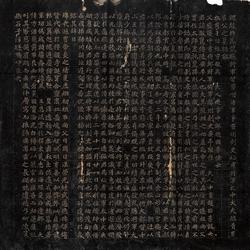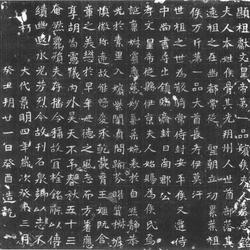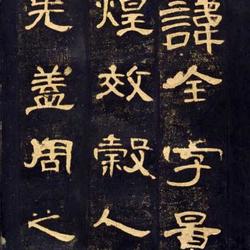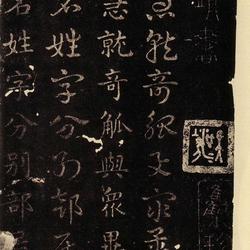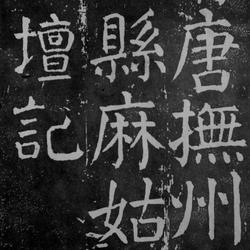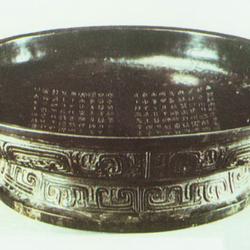Zhong Yao wrote it in regular script in the second year of Wei Huangchu (221). Zhong Yao was seventy years old. The content of this table is the recommendation of the old minister Guan Nei Hou Jizhi. The original ink copy was robbed by a British soldier when the British and French forces burned the Old Summer Palace in 1860. Later, it fell into the hands of a collector, and was stolen by a thief and buried underground. When it was dug out, it had rotted. Fortunately, there is a photo left. In the Ming Dynasty, it was engraved into "Zhen Shang Zhai Tie", and in the Qing Dynasty, it was engraved into "San Xi Tang", ranking first among all chapters.
"Recommended Season Direct Table" is 40 cm long and 12.8 cm high. Nineteen lines in small regular script, totaling 240 characters. The whole text is full of energy, the stipples are steady and even, the structure is relaxed and relaxed on the left and right, the layout is sparse and generous, dripping and flowing, and full of various expressions.
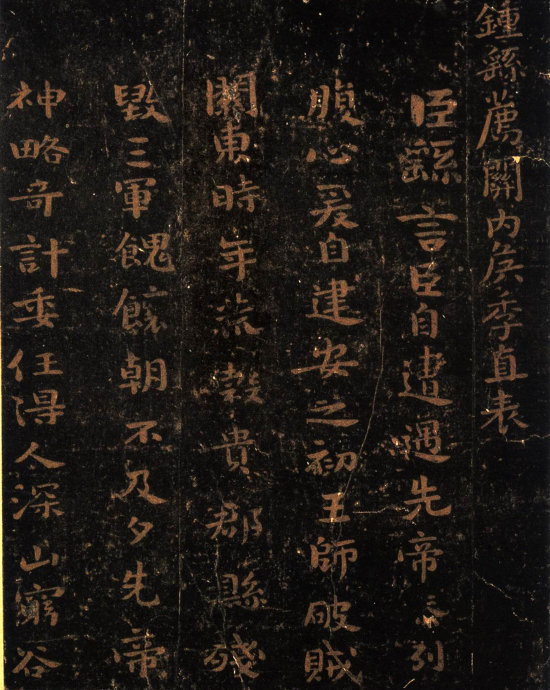
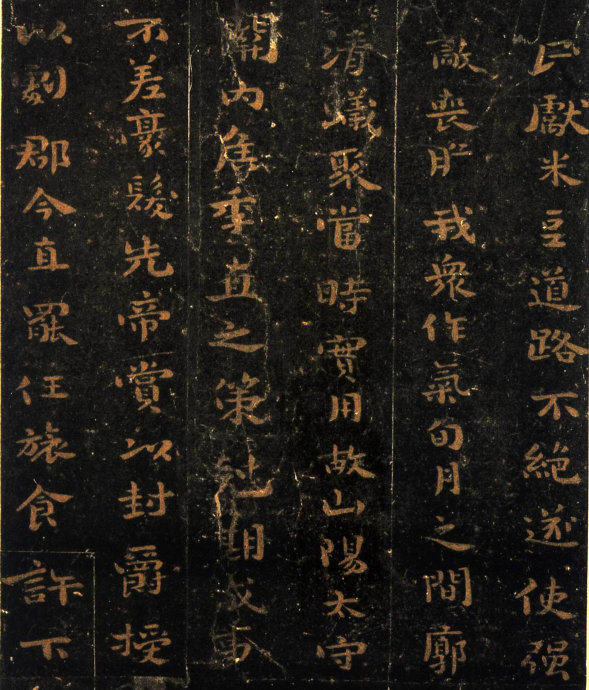
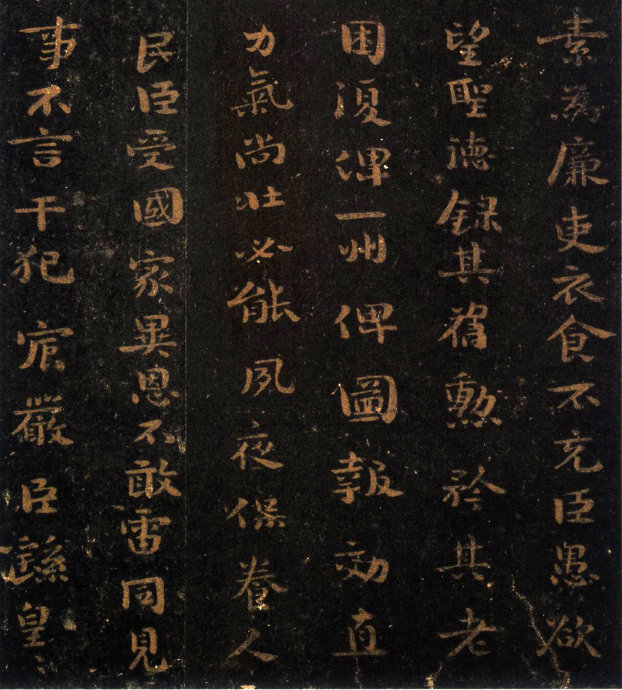
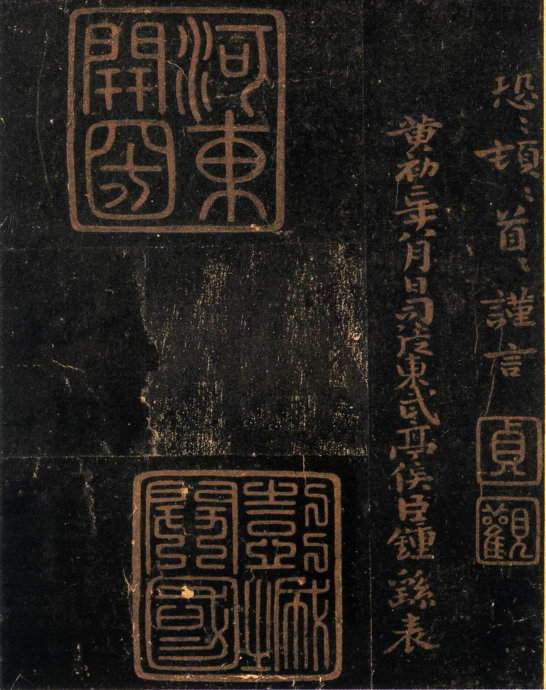
"Recommended Ji Zhi Biao" (Chunhua Pavilion Edition)
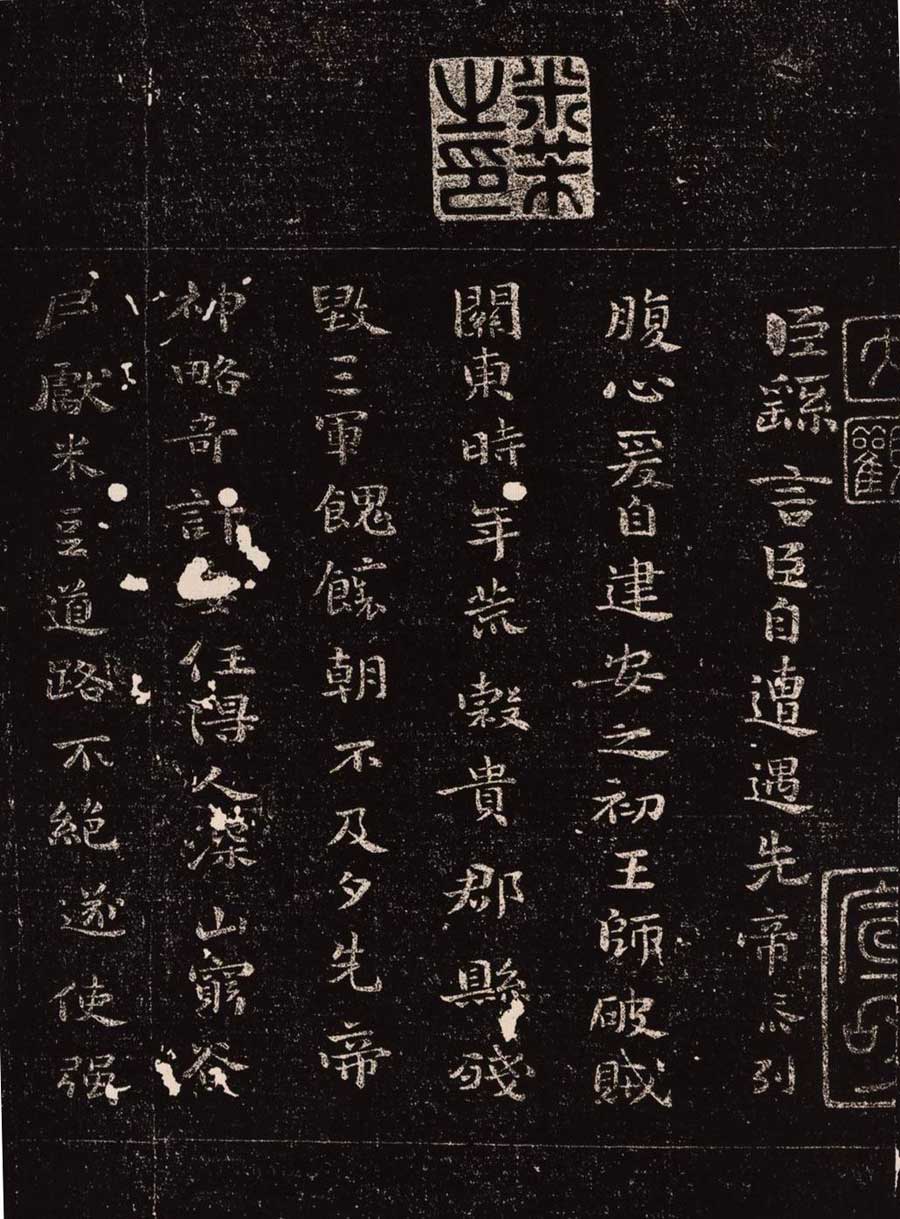
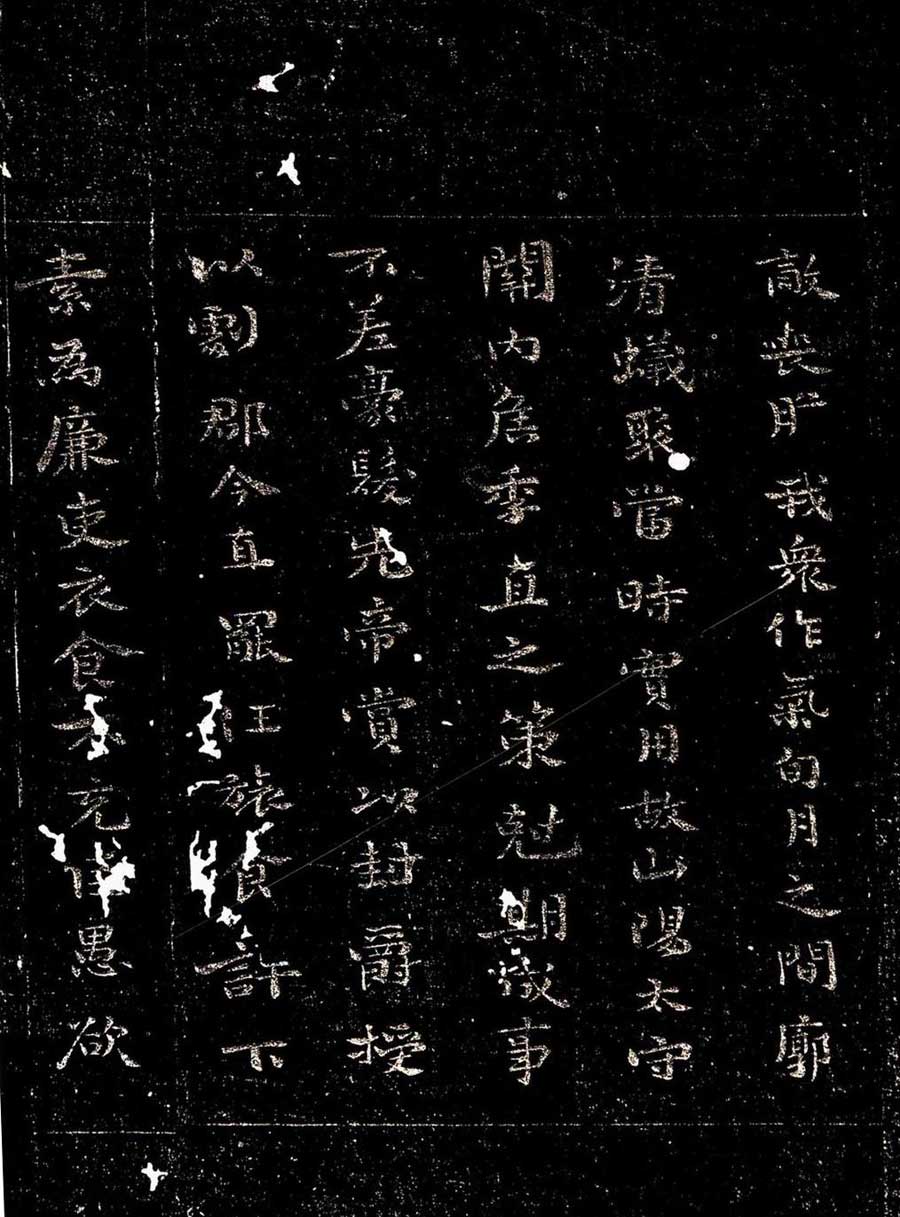
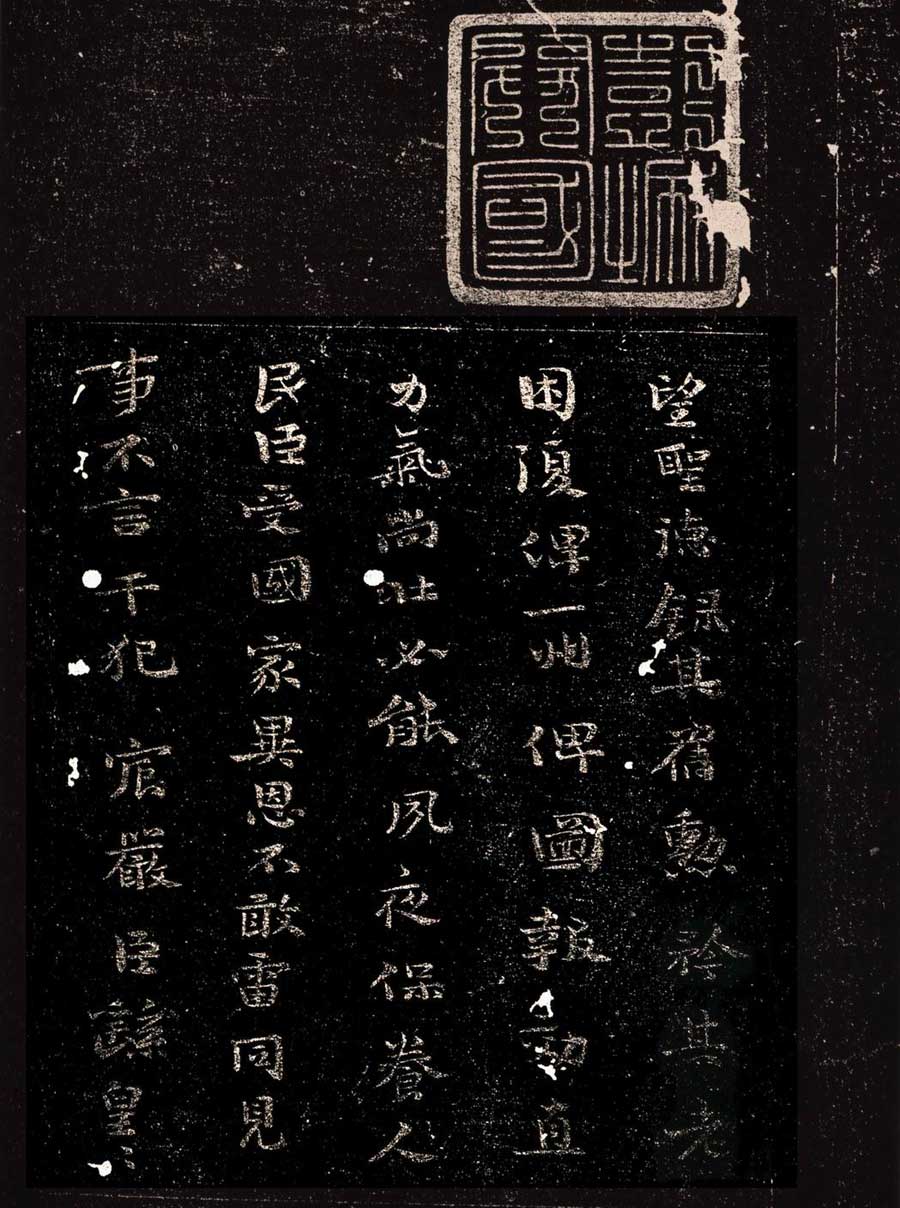
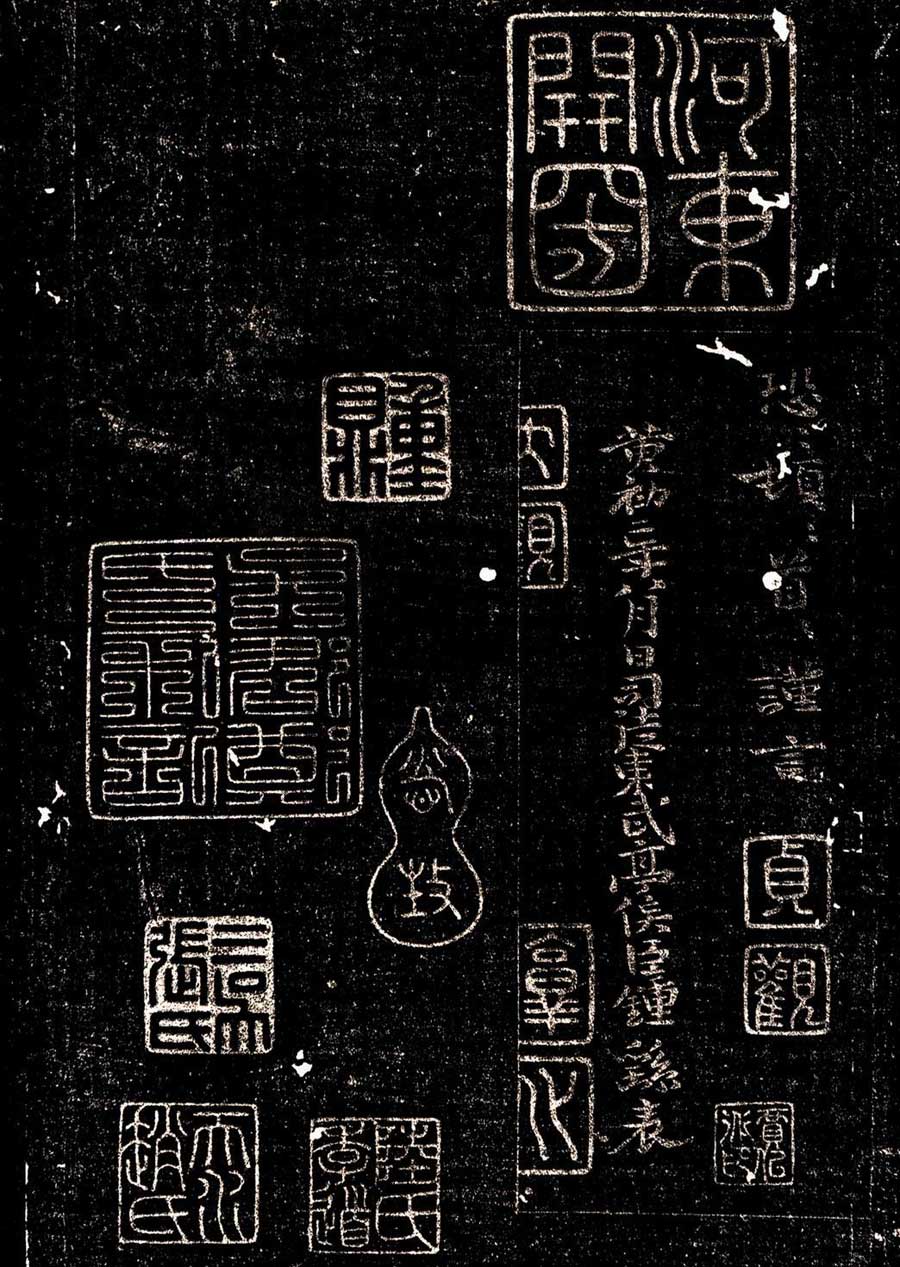
"Recommendation of Seasons" (Qing Dynasty rubbings)
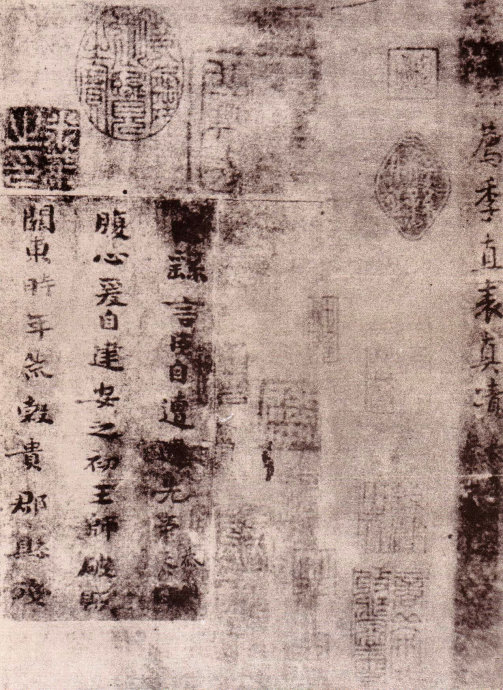
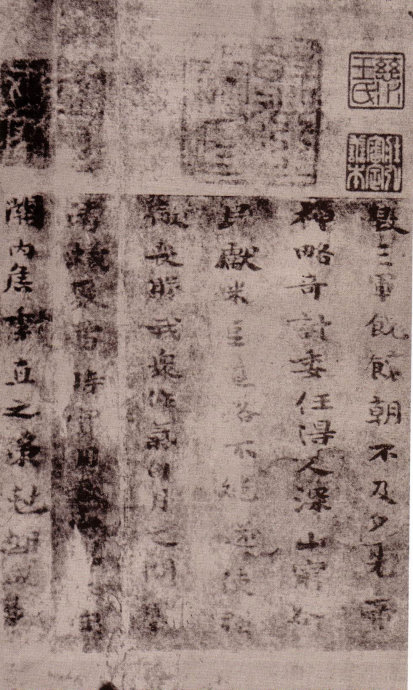
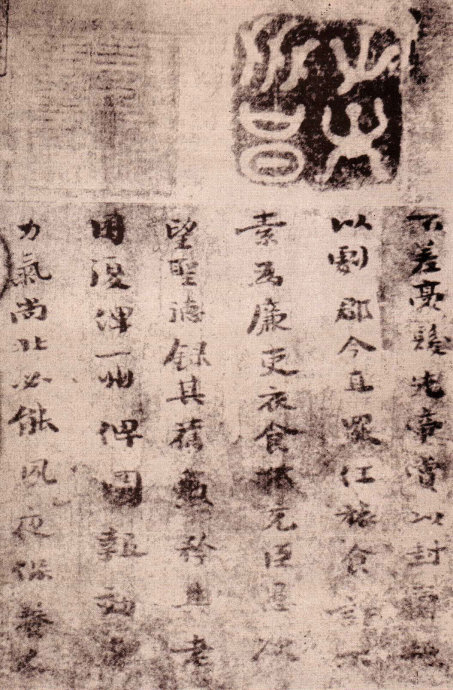
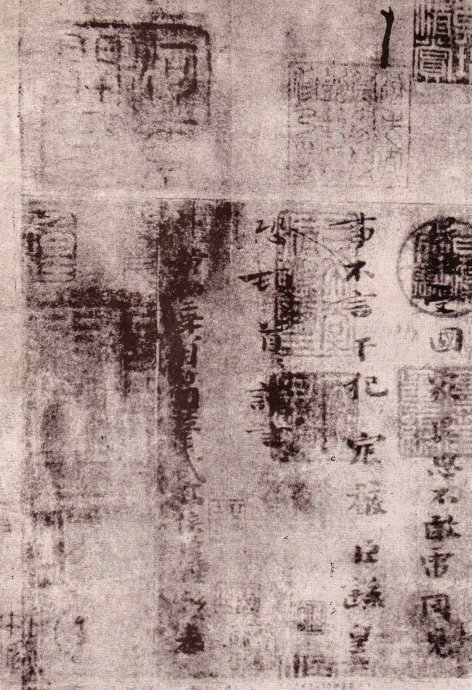
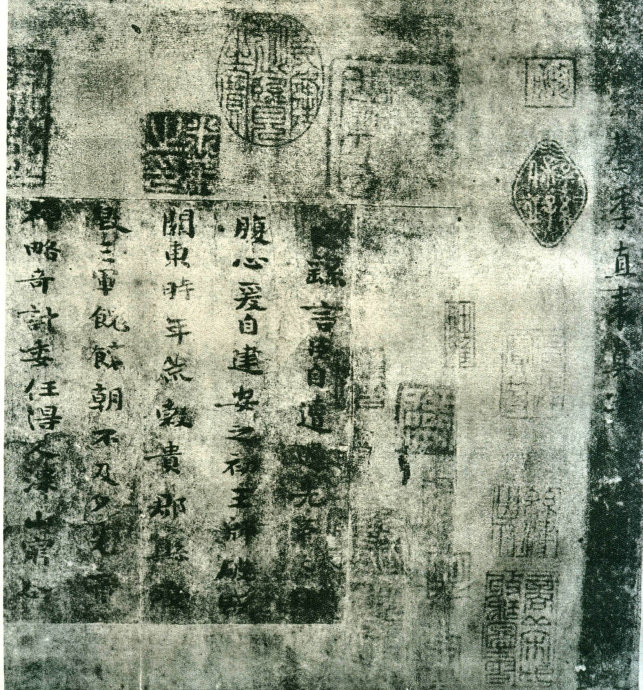
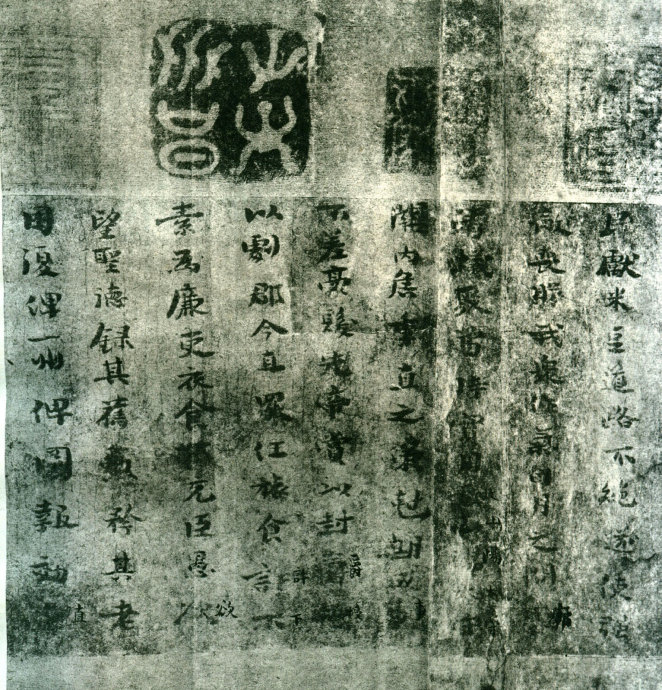
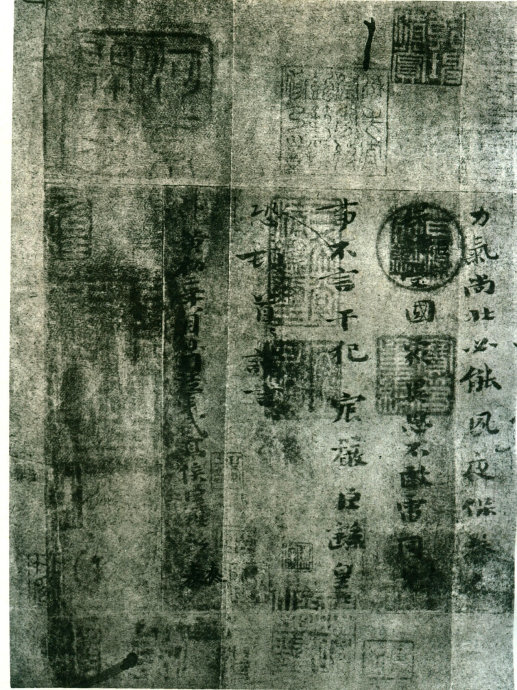
"Recommended Season Direct List" (ink photo)
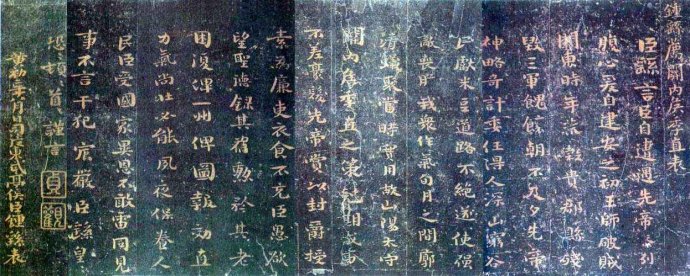 "Recommendation of Seasons" (Song Dynasty rubbings collected by Uno Yukimura, Japan)
"Recommendation of Seasons" (Song Dynasty rubbings collected by Uno Yukimura, Japan)
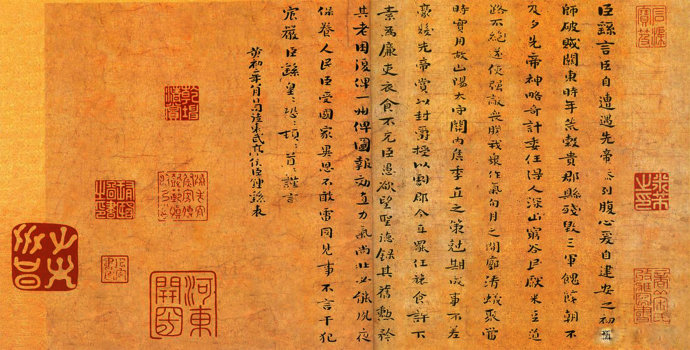
"Recommendation of Seasons" (reprinted in ink)
"Jian Ji Zhi Biao" is a memorial submitted by Zhong Yao to Emperor Wen Cao Pi in the second year of the Wei and Huangchu years of the Three Kingdoms (221). Ji Zhi was the former prefect of Shanyang and the Marquis of Guannei. He was a meritorious official who helped the late emperor (Cao Cao) unify the north and "clear out the ant gathering". Later, he was dismissed from office and wandered around. "There was not enough food and clothing." Zhong Yao wrote a letter asking Emperor Wen of Wei to read it. Since Ji Zhi was a meritorious official of the late emperor, he pitied him for his old age and poverty, and appointed Ji Zhi as the prefectural pastor. He also said that Ji Zhi was an "honest official" and "strong" and would definitely try his best to repay the divine grace and "protect the people." of. It is unknown how Cao Pi placed Ji Zhi. Looking at this ordinary memorial from the perspective of calligraphy art, it can indeed be called a "supreme masterpiece".
The layout of "Jian Ji Zhi Biao" is ethereal, the structure is sparse, broad, and the body is flat horizontally, with a sense of officialdom. Although there are many immature aspects, and the structure and laws are not as neat as those of the Jin and Tang Dynasties, it is full of natural interest and wonderful. The content is a performance recommending the old minister Ji Zhi to Cao Pi, who has proclaimed himself emperor. When Ji Zhi was in Guanzhong, he made great contributions to the establishment of Cao Wei's regime. Life was difficult after he was dismissed from office. Zhong Yao said that he was still in good health and requested that he be given an official position so that he could continue to serve the country and solve the current difficulties. It was highly regarded since the Ming Dynasty, and Qianlong even considered it a supreme magic weapon, but it was a forgery by later generations; the font is indeed ancient and clumsy, with a unique charm. And He Jiebiao, which was highly praised by later generations, was also a fake. Zhong Yao is seventy years old. The content of this table is the recommendation of the old minister Guan Nei Hou Jizhi. The original ink-printed biography was robbed by a British soldier when the British and French forces burned the Old Summer Palace in 1860. Later, it fell into the hands of a collector, and was stolen by a thief and buried underground. When it was dug out, it had rotted. In the Ming Dynasty, it was engraved into "Zhen Shang Zhai Tie", and in the Qing Dynasty, it was engraved into "San Xi Tang", ranking first among all chapters.
There are many engraved versions of this post handed down from generation to generation, among which the "Zhen Shang Zhai Tie" of Ming Dynasty is the most expressive. Although the "Sanxitang Dharma Calligraphy" also started from the original ink, in order to adapt to the specifications of the stone, it was moved far away, and its most charming spirit of "luxury between the lines" was damaged, so it is not enough evidence. The strokes of this ink are fatter than those of the "He Jie Biao" edition, and the writing is more natural, without the artificiality of later calligraphers. Yu Jianwu, a calligrapher of the Liang Dynasty, once compared the characteristics of Zhong Yao, Zhang Zhi, and Wang Xizhi and said: "Zhang is first in Kung Fu, followed naturally", "Zhong Tianran is first in Kung Fu, followed by Kung Fu", "Wang is not as good as Zhang in Kung Fu, naturally he is better than him" "Nature is not as good as a clock, but time is better than it."
As for the "luxury between the rows" and "a group of heroes playing in the sea", they are most fully reflected in this post. It is not difficult to see if you think about this post carefully (especially the fourth and fifth elements). This ink copy has been highly praised since its emergence in the Yuan Dynasty. For example, Wang Shizhen, a famous person, believes that with the "Jian Ji Zhi Biao", "those who follow it all over the world no longer know that there is "Chunhua Pavilion" (referring to those engraved editions)."
In the 6th issue of "Forbidden City Cultural Relics" (published by the National Palace Museum in Taiwan) in 1984, there was also an article "Li Ti and Lu Jian's Calligraphy and Prose" written by Mr. Zhang Guangbin. Mr. Zhang commented at the beginning of the article: "When the Southern Song Dynasty At the end of the Yuan Dynasty (the late 13th century), several pieces of calligraphy and ink written by people from Cao Wei or Tang Dynasty appeared successively, which inspired different levels of enlightenment to the ancient and scholarly people at that time. One of them had the greatest influence on calligraphy after the Yuan and Ming Dynasties. , none more so than "Wei Zhongyao's Book of Recommendations Ji Zhibiao".
This piece was passed directly to the Qing court and was engraved in the "Sanxitang Dharma Tie". Its whereabouts are still unknown. The other piece is "Ni Kuan Zan of Chu Suiliang of Tang Dynasty", which is still a collection of Dharma books in the Palace Museum. The two pieces of ink have been circulated among the people since the 14th century, and they have been imitated many times by posters. They have been widely circulated, especially the "Jian Ji Zhi Biao". "
Mr. Zhang is an expert in the Calligraphy and Painting Department of the Palace Museum and has written extensively. His book "History of Chinese Calligraphy" is a profound treatise. However, the "Jian Ji Zhi Biao" attached to the book is from an engraving edition, so I guess he is knowledgeable. People like Mr. Zhang also have no chance to see "Jian Ji Zhi Biao".
In fact, Mr. Zhang is not the only one who holds this hatred! Long before Mr. Zhang, Mr. Li Bingyan (Jiang Fen), the late president of the Hong Kong Calligraphy and Publishing Society, had also lamented. His remarks were found in the article "Zhong Yao recommended the gain and loss of the authentic works of Ji Zhibiao" in the 10th issue of "Shupu" in 1976: "During the Spring Festival, I occasionally met with Mr. Li Qiyan and Professor Jao Tsung-i. They talked about Pei Jingfu's collection of the authentic "Jian Ji Zhi Biao". They all regretted the loss of this drama. After returning, I tried to check the Japanese Ping Ping Shen's works. "The Complete Works of Calligraphy", it is known that the Japanese calligraphy circle has collected Zhong Yao's materials very well. In the third volume of "Shu Dao", there is indeed a photocopy of the Zhenshouzai edition of this table. This is a rare so-called "Huo Qian" The original copy has been released. It can be seen that the authenticity of this watch was indeed lost after Mr. Jingfu's "Calligraphy and Painting Record" was written in the Jiazi Year (1924)." This issue of "Calligraphy Genealogy" compiled "Zhong Yao's Calligraphy Collection" , all are rubbings. Even if the Zhenshangzhai version of "Jian Ji Zhi Biao" is used, it is a helpless thing.
About 48 years ago, Mr. Wang Zhuanghong purchased an initial rubbing of "Zhuang Tao Pavilion Dharma Tie", which was an old possession of the Pei family. He reviewed them one by one and found a photo frame in a certain volume. He didn't notice it at first, but after careful review, he felt overjoyed.
It turns out that this photo actually shows the ink marks of Zhong Yao's "Recommended Season Zhi Biao"!
This photo was taken clearly and standardly, with very good quality, accurate handwriting, and correct exposure, leaving us with the original appearance of the authentic "Jian Ji Zhi Biao". To this day, this is the only photo of "Jian Ji Zhi Biao" known to the world.
Mr. Wang Zhuanghong was very happy to get this photo. It is very precious and he kept it carefully. During the ten years of the Cultural Revolution, all his other collections were lost. The strange thing is that this photo seemed to have been protected by a god, escaping disasters time and time again and being preserved intact.
In December 1984, the Shanghai "Calligraphy" magazine wanted to find a masterpiece from the Wei Dynasty to be printed on the appendix of the annual calendar for calligraphy enthusiasts. Mr. Wang Zhuanghong was the editor of the "Calligraphy" magazine at the time. After much consideration, he chose the "Recommended" work that ranked first in regular script. "Ji Zhibiao", this photo was released to the world for the first time. As soon as the photo was released, it caused a huge response in the calligraphy community. None of the current engravings can compare with the photo.

